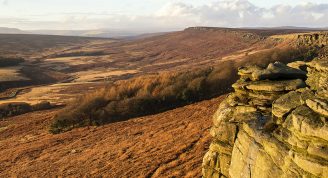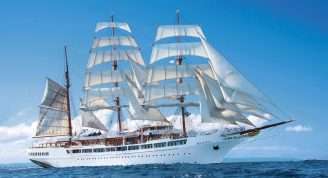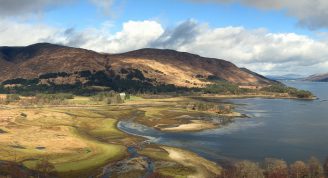Description
Discover some of the United Kingdom’s most historically significant and wildlife-rich destinations on this voyage from Portsmouth to Aberdeen. With numerous islands located in the Atlantic Ocean, a vast amount of the UK coastline is ideal for exploration by ship. In England, Wales and Scotland, there are designated Heritage Coasts, some which fall within national parks and Areas of Outstanding Natural Beauty, and some standalone coastal strips that are protected simply because they are part of a particular location’s heritage. Stroll through charming fishing villages, visit majestic castles, cathedrals, historical homes and gardens, encounter magnificent archaeological sites, witness a dazzling array of birds, and soak up the remarkable history of a land that has been continuously inhabited for over 5,000 years.
With Special Guest – Miranda Krestovnikoff
Wildlife TV presenter, Zoologist, Author, Conservationist and Public Speaker
We are offering an incredible opportunity for expeditioners to explore England’s most historically significant and wildlife-rich locations with special guest Miranda Krestovnikoff.
On this unique 14-day voyage, Miranda will provide lectures on some of her special interest topics; as an accomplished scuba diver she will join the voyage’s diving program, and as President of the Royal Society of the Protection of Birds, she will provide observations and further insights about the extraordinary bird life passengers will see on this voyage, including within RSPB sanctuaries.


















